While breast implants have been used for decades in aesthetic and reconstructive surgical procedures, their safety profile continues to elicit controversy and debate. Catherine Reilly reports
Breast augmentation is “a hugely benefiting procedure” for some women, Mr Cormac Joyce, a plastic surgeon at the Avoca Clinic in Co Wicklow, told the Medical Independent (MI). Currently in full-time private cosmetic practice, Mr Joyce said he performs about 400 breast augmentation surgeries annually. He is on the Medical Council’s specialist register for plastic, reconstructive, and aesthetic surgery and is a member of the Irish Association of Plastic Surgeons (IAPS).
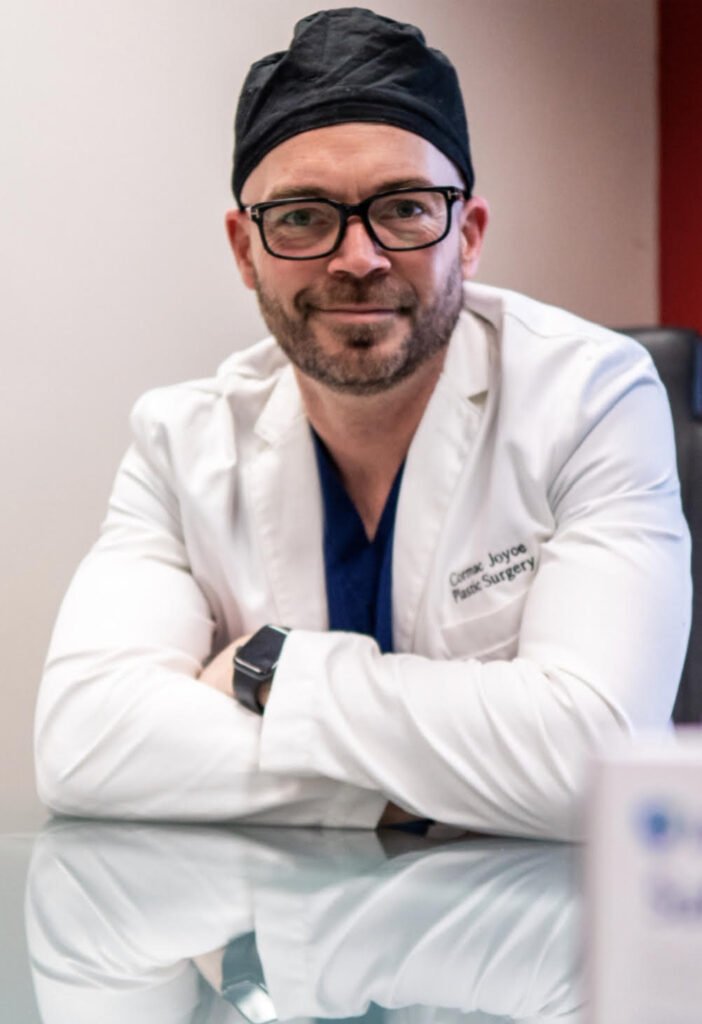
The motivations of patients include wanting a larger breast size, or changes to the appearance of asymmetrical and tuberous breasts. Some women may feel very self-conscious about their breasts and avoid using changing rooms and other activities, he outlined.
“It is a hugely benefiting procedure for some. It is hard to imagine that just two balls of silicone can do that to somebody, but there you go.”
In the public system, implants and/or autologous techniques are used for breast reconstruction following mastectomy.
Notably, the deep inferior epigastric perforator (DIEP) flap procedure – considered the ‘gold standard’ in autologous breast reconstruction for suitable patients – is not available publicly in most parts of the country.
According to the Irish Cancer Society, “many women affected by breast cancer reconstruction issues in Ireland face significant and complex challenges in accessing reconstructive procedures.” Internationally, about 75 per cent of implant-based procedures are for cosmetic purposes.
‘Cosmetic surgeons’
In Ireland, a longstanding concern of the IAPS is use of the title ‘cosmetic surgeon’ by doctors not on the specialist register for plastic, reconstructive and aesthetic surgery. (The IAPS was contacted for comment on issues in this article, but no-one was available by press time. MI also submitted questions about sponsorship of IAPS meetings by medical device companies and the marketing material of some members).
According to Mr Joyce, “[Cosmetic surgery] is an unregulated industry, that is the scary thing about it.”
He said at his clinic every Monday he sees patients who have been operated on by ‘cosmetic surgeons’. “In some cases, the mistakes can be fixed, other times they can’t. It is a murky world in cosmetic surgery, particularly in Ireland, because of the lack of regulation.” Some patients also present after procedures overseas.
Mr Joyce said he has examined patients with “poorly done” breast augmentations, sometimes involving certain types of implants “like polyurethane implants, which are very, very difficult to remove because they become embedded in the breast tissue”.
“Patients are saying they wanted a certain ‘look’ and they didn’t get it. Their implants are sitting very low, or the patients may have needed a lift where in fact an implant was put in. I have had patients coming in looking for a breast reduction when they have gone to other clinics and they were offered an implant.
“When all you have is a hammer, everything becomes a nail, and these surgeons have not gone through vigorous training processes, so they are unable to offer patients the correct procedure.”
Marketing
At the Avoca Clinic, cosmetic breast surgeries are marketed as standalone procedures, but also as part of a ‘Mommy Makeover’ (eg, breast and abdominal procedures on the same day). Having multiple procedures at once “will not only save you money and healing time, you will only need a one-night stay”, according to the clinic’s website.
Asked about the ethics of this marketing, Mr Joyce maintained it was offering a choice to those interested in multiple procedures. “We don’t upsell it. We don’t say ‘look, you need your breasts done as well’.”
Demand for cosmetic surgery in Ireland has increased during the Covid-19 pandemic due to travel restrictions and people accruing extra savings, according to Mr Joyce. He said breast augmentation is “the number one cosmetic surgery procedure worldwide and it is always going to be increasing in prevalence”. This projection remains to be seen, however.
Safety profile
The IAPS website describes breast implants as amongst “the most used and most highly studied implantable medical devices in the world”. It cites the commonest problems associated with breast implants as capsular contracture, implant displacement, and implant rupture. The published literature “indicates that breast implants are thought to be safe in general, but can have rare, serious side-effects”.
In 2010, the Poly Implant Prothese (PIP) scandal exposed an archaic and flawed regulatory framework for medical devices on the EU market. PIP fraudulently used industrial grade silicone in its breast implants, which went undetected for years. A new EU medical devices regulation has come into application this year and aims to instigate significant improvements to regulation of medical devices on the market (see panel).
Following the PIP scandal, breast implant safety has seldom strayed far from the spotlight, as determined by the emergence of two further concerns: A recently recognised condition called breast implant-associated anaplastic large cell lymphoma (BIA-ALCL), which is a rare, but serious type of T-cell lymphoma; and separately, ‘breast implant illness’ (BII), a constellation of symptoms potentially associated with implants. BII remains a contentious issue within medicine and between some doctors and patients.
The issue of BIA-ALCL has had a huge impact on how we consent patients
BIA-ALCL
Prior to BIA-ALCL’s recognition by the World Health Organisation in 2016, it had been a ‘hot topic’ within plastic surgery for several years. The first case report was in 1997. In 2011, the US Food and Drug Administration (FDA) cited a possible link between breast implants and ALCL and stated it was aware of about 60 case reports worldwide. In late 2014, at an IAPS breast symposium held in Dublin, keynote speaker from Canada, Dr Elizabeth Hall-Findlay, stated she would not use “aggressively textured” implants due to a rare, but serious risk of ALCL.
However, many surgeons regarded this as a dramatic and unnecessary step.
In late 2018, Allergan suspended sales of its textured breast implants and tissue expanders and withdrew remaining supply in European markets. At the time, the company’s communication with its urgent field safety notice said the suspension stemmed from the expiration of the CE mark for these products. While this was factually true, the
issue arose from concerns relating to BIA-ALCL expressed by France’s regulatory authorities.
Subsequently, in July 2019, Allergan announced a “voluntary worldwide recall” of its Biocell textured breast implants and tissue expanders. The company took this action “as a precaution” following notification of recently updated global safety information from the FDA concerning “the uncommon incidence” of BIA-ALCL.
Internationally, most but not all cases of BIA-ALCL have been associated with Allergan textured implants, according to a HSE serious incident management team (SIMT) report. In Ireland to date, “less than five” reports of BIA-ALCL have been received by the Health Products Regulatory Authority (HPRA).
As of July 2020, some 345 confirmed cases of BIA-ALCL had been reported by EU countries and the UK. Of the confirmed cases with available information about the implant’s surface (ie, 295), 279 (94.5 per cent) were reported to be linked to textured implants at the time of diagnosis.
Presentation
BIA-ALCL presents, on average, eight years post implant insertion, although the range is one to 20-plus years, according to the HSE SIMT report. The condition usually presents with relatively sudden swelling around the implant, typically unilateral, but may be bilateral, or the development of a new lump around the capsule or breast.
Generally, treatment is en-bloc surgical excision of the implant and its surrounding tissues (capsulectomy). Patients have an excellent prognosis when identified and treated early. Initially thought to be “extremely rare”, more recent reports had identified “a much higher incidence in textured implants, particularly macro-textured implants”, noted the HSE report.
“It appears that the more textured the implant the higher the risk, with the Allergan Biocell type being reported as having at least six times the risk of some other textured implants, especially those less textured. Reports from the Australia and New Zealand registry suggest this risk is at least as high as 1:3,300 in Allergan (previously Inamed/McGhan) Biocell implants.
“In September 2020 a single site study by Nelson et al, revised the estimated the overall incidence of BIA-ALCL at 1.79 per 1,000 patients (one-in-559) with textured implants and 1.15 per 1,000 textured implants (one-in 871), with a median time to diagnosis of 10.3 years (range, 6.4-to-15.5 years.).” All 11 of the BIA-ALCL confirmed cases in the Nelson study involved exposure to Allergan/Inamed/McGhan Biocell implants.
According to the HSE report, sales data indicated that up to 29,000 Allergan/Inamed/McGhan Biocell implants had been sold in Ireland. The Executive estimated the total patient population with implants/tissue expanders as between 17,943 and 31,372, including those who had procedures in private hospitals and abroad.
As of early 2020, the HSE had issued letters to 2,711 people identified through public hospital data as receiving Allergan Biocell implants, while letters had been sent to 2,184 people who had other implants. The correspondence provided information on BIA-ALCL symptoms and advised that implant removal was not recommended for asymptomatic patients. Advisories were sent to clinicians in late 2019.
The lack of an Irish breast implant registry has hindered incident management following the Allergan recall. The establishment of a registry is a key objective of a new BIA-ALCL expert advisory group.
Meanwhile, much about BIA-ALCL remains unknown. In March 2021, the European Commission’s scientific committee on health, environmental and emerging risks (SCHEER) concluded there was “a moderate weight of evidence for a causal relationship between textured breast implants and ALCL”.
However, estimates of incidence had significant limitations related to the “frequent use of ad hoc reporting of cases compared with systematic reporting, and the use of sales data provided by manufacturers”.
Furthermore, the pathogenic mechanisms of the induction of BIA-ALCL were “not well understood”.
In September 2020, the FDA issued labelling recommendations for implants to “better ensure certain information is received and understood by patients”.
A boxed warning should be part of physician and patient labelling materials, stating BIA-ALCL risk; that breast implants have been “associated with systemic symptoms”; and they are not considered lifetime devices, among other points.
Consent process
The issue of BIA-ALCL has “had a huge impact on how we consent patients”, according to Ms Ruth Waters, President of the British Association of Plastic, Reconstructive and Aesthetic Surgeons (BAPRAS). As it is a malignancy associated with implants, the issue requires “a long and serious conversation”, she told MI.
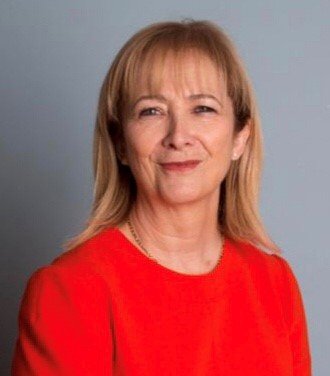
“In some ways it unbalances your conversation… because there are lots of risks associated with any surgery, and with implants in particular, that we need to discuss because they are common risks, whereas ALCL is a very rare risk, but a very serious one if you get it.”
In the UK the estimated risk of BIA-ALCL, based on the reported confirmed cases, is one per 20,000 implants sold (using data for all types of breast implants including breast tissue expanders known to be sold in the UK). It is an imperfect method of estimating risk, but the best means available at present, noted the BAPRAS President.
To offer perspective, Ms Waters said she often quotes the lifetime risk of breast cancer on account of being female, which is currently one-in-seven women in the UK.
With more recognition among clinicians than previously, Ms Waters is hopeful patients will receive timely diagnosis where cases arise. She indicated a need for greater public awareness. “One of the interesting and slightly worrying things I find is, when women are coming to me requesting breast implants, none of them had heard of it.”
Back in Ireland, Mr Joyce also noted people requesting augmentation surgery are unaware of BIA-ALCL, despite being generally well-researched. He said the matter is always discussed at consultation.
“Most of the cases of ALCL have been linked back to Allergan implants, which are now off the market,” he commented. At consultation, Mr Joyce said he quotes from UK estimates, as well as those made in other countries (eg, one case per 86,000 implants, which has been reported by researchers in Australia/New Zealand in regard to Mentor Siltex textured implants).
“You give all the facts and figures to patients and let them decide if they want to go for textured or smooth,” said Mr Joyce, who added that he informs patients about uncertainties regarding estimates.
“Personally, I think there is more morbidity associated with the smooth implant compared to a textured implant, even taking on board the ALCL.” He cited a “very high risk of capsular contracture” if a smooth implant is placed on top of the muscle, which is the positional preference of many patients.
Breast implant illness
In 2018, Ms Elaine Fields Anthonsen started an Irish online support group for people who consider their breast implants have caused ill-health. There are approximately 300 members in the group. Ms Fields Anthonsen said she is aware of a very small number who have received a diagnosis of BIA-ALCL.
She contended that many surgeons are “not worried about [BIA-ALCL], because they feel the numbers are so low. But at the end of the day, no number should be too low to not take something seriously.”
Most women in the support group, including Ms Fields Anthonsen, state that they have been affected by BII.
According to the HPRA, some individuals and health researchers have used the term ‘breast implant illness’ to refer to a range of symptoms in association with breast implants. The symptoms described have included joint pain, rashes, memory loss, and ‘brain fog’, among others. “These symptoms and what causes them are not well understood at this time,” stated the Authority.
The HPRA has received 45 reports – relating to 32 people – which may potentially relate to BII. Nineteen reports have come from manufacturers and 26 from the public.
“There is ongoing research to try to understand these symptoms and their origin. The reports which the HPRA have received relate to a range of breast implant products and manufacturers.”
In 2005 Ms Fields Anthonsen, now 47, had a breast augmentation in the private Clane Hospital, which involved PIP implants. Subsequently, she was informed by the hospital about potential rupture risk. An explant was covered by Clane in 2013, but Ms Fields Anthonsen was required to pay for replacement implants. “They didn’t discuss what type of implants they were putting in, they just said it was the best one on the market.” The replacement devices were textured Allergan implants.
Approximately six months after the procedure, Ms Fields Anthonsen began to experience a range of symptoms, including darting pains and itchiness in her breast area and bouts of tiredness. An active runner, her energy levels significantly declined. She said a mammography did not provide any evidence of rupture, while various medical tests were inconclusive. Her health continued to deteriorate.
“I would say I was in bed for two years, where I couldn’t walk to the toilet alone, couldn’t speak, think of words, brain fog…,” said Ms Fields Anthonsen, who is a mother of three.
In late 2018 she was on the Facebook page of a chronic fatigue support group and “somebody put up on the group, ‘does anyone have breast implants? If you do, look into something called breast implant illness.’”
Ms Fields Anthonsen began researching the issue and saw 40 different symptoms listed on the page of a US support group. “I literally had every single symptom. I said ‘that is it – that has to be it’.”
The advice from support groups was she should seek removal of the implants with the capsules intact – an en-bloc capsulectomy. This procedure is indicated for treatment of BIA-ALCL, but surgical associations say there is no scientific data that supports the need for en-bloc capsulectomy in the absence of malignancy. Nevertheless, internationally, some surgeons are heavily promoting en-bloc procedures for BII. Other surgeons may consider it on a case by case basis.
“I couldn’t find a supporting doctor in Ireland whatsoever,” said Ms Fields Anthonsen. She said one surgeon informed her “if I go ahead with the surgery, I am going to look like a saggy mass of nothing… and that all of this is a craze on social media”.
The surgeon informed her en-bloc capsulectomy could be dangerous surgery and was not required. After numerous enquiries, Ms Fields Anthonsen opted to go to a surgeon in private practice in Birmingham. The procedure was conducted in March 2019, and in its immediate aftermath, she said she felt significantly improved, but acknowledged this may not be everyone’s experience.
She now reports feeling well, although when she picks up infections, many of the symptoms return, “which is quite scary”.
According to Ms Fields Anthonsen, the Irish support group is a valuable forum for women to discuss their symptoms, implants, surgeries, and progress. Some women had Allergan implants on the public system following treatment for breast cancer, they are reporting having BII, and are not able to access explant publicly. One woman in the group, who did not have symptoms associated with BII or BIA-ALCL, had her implants removed privately as she was extremely concerned about developing lymphoma or otherwise becoming ill.
Ms Fields Anthonsen considered that the woman made the correct decision, but agreed it was important to seek appropriate medical counsel and investigations. Some women do have concerns about breast appearance following explant.
There is an online global list of surgeons who are considered more sympathetic to BII and to requests for en-bloc capsulectomy. One surgeon in the Republic of Ireland is on the list (the surgeon declined to speak with MI and therefore the veracity of the listing cannot be confirmed).
Ms Fields Anthonsen told this newspaper another surgeon contacted her trying to get onto the list. “I had a conversation on the phone and spoke to him about breast implant illness and he still wouldn’t admit it was ‘a thing’, but he was willing to do the surgery.”
BII in UK
Asked about the body of opinion on BII within British plastic surgery, Ms Waters at BAPRAS said: “I think it has got to the point where no-one is dismissive of it anymore. We don’t know everything about everything, and if people have breast implants and they feel unwell, and then they have the implants removed and they feel better, you would have to think something was going on there. I don’t think it’s just psychological….” In her experience, BII presentations are not common, but also not unusual and have increased.

Nevertheless, Ms Waters noted that “the problem with breast implant illness is it is a very diverse range of symptoms and so it is difficult to put your finger on it. I definitely think if somebody feels their implants are making them unwell, then you can say to them… there is a lot of evidence now that there are women who feel that way and have their implants removed, and at least half of them feel better afterwards.”
However, where a patient says they have BII and want their implants removed, “I would certainly not say, ‘yes let us do it, because that will make you better’, because you can’t say that either.” Asked about en-bloc capsulectomy for BII patients, Ms Waters said she would not advise a patient that this type of surgery can be guaranteed.
She said women reporting BII can be assessed for explant including en-bloc capsulectomy. Women who may be good candidates for en-bloc capsulectomy are those with very dense capsular contracture; conversely, where the implanted breasts feel soft and normal, she would not recommend an en-bloc procedure for BII due to potential damage in attempting this form of capsule removal.
In her own practice, patients who do not have capsular contracture, but have their implants removed for BII symptoms “still seem to feel better even when the capsule is not removed”.
She confirmed BII is always discussed at the first consultation for implant surgery and it is on the consent form.
Mr Joyce at the Avoca Clinic also said BII is discussed with his patients, although it is not on his consent form.
“It is very wishy washy in terms of the symptomology. The international classification of diseases does not even designate it as an actual disease…. It is an unknown quantity.” According to the surgeon, he has not had patients seeking explant for systemic symptoms they associate with their implants.
“It is very much American-driven. It is making its way to these shores, a bit like everything over time.”
Medical Devices Regulation aims to protect patient safety
The Health Products Regulatory Authority (HPRA) “does not have access” to a complete listing of all CE-marked breast implants and tissue expanders available across Europe and Ireland, a spokesperson confirmed.
Within the European regulatory framework for medical devices, national competent authorities (such as the HPRA) act as a market surveillance authority, but do not approve or certify medical devices for sale in the EU. For class III devices such as breast implants, the conformity of the device is assessed and verified by a notified body, which will issue a CE certificate following a positive outcome of their assessment.
The EU Medical Devices Regulation (MDR) aims to enhance safety, quality and transparency in regard to medical devices on the European market. The MDR’s date of application was 26 May 2021 and many aspects are fully applicable, according to the HPRA. Breast implants and tissue expanders will have to be certified under the MDR before the expiry of their certificate or before 2024 for continued market access.
“The MDR introduces the obligation for increased traceability requirements, which will be visible on the European Commission developed database, EUDAMED,” outlined the HPRA spokesperson.
“The development of the EUDAMED database has been delayed and is expected to become applicable from May 2022…. When functional, EUDAMED will improve transparency and access to information regarding medical devices available on the EU market.”
The MDR has further defined and developed the requirements for the continued surveillance of medical devices on the market by competent authorities.
“The MDR places more specific obligations on regulatory authorities and expands the range of market surveillance activities which can be conducted both at national and European level. This includes increased assessment of regulatory compliance of devices, increased provisions for sampling and testing of devices and greater legal powers to address non-compliant products.”
The regulation also requires that each device must bear a unique identifier. Furthermore, under the MDR, all implantable and class III devices, other than custom made or investigational devices, require a summary of safety and clinical performance (SSCP) to be prepared by the manufacturer. This document will be made available to
the public/user via EUDAMED. The SSCP must include specific device information, including a summary of the clinical evaluation and any relevant information on post-market clinical follow-up, including post-market clinical studies.
The MDR requires that sponsors of all clinical investigations prepare a summary of the clinical investigation report, which must be available to the public via EUDAMED within one year of the end of a study. In addition, manufacturers of class IIa, IIb, and III devices are required to prepare a periodic safety update report for each device.
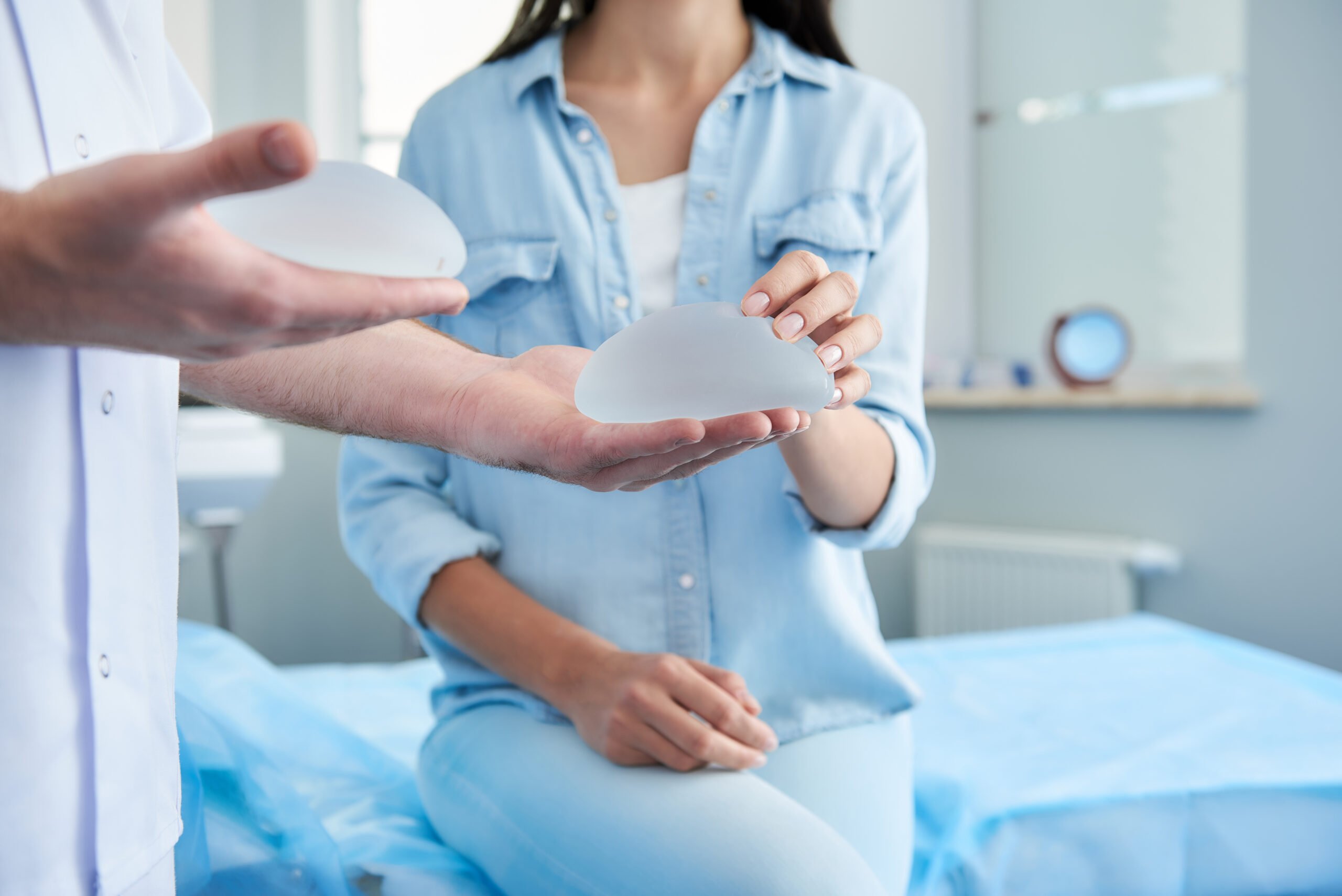
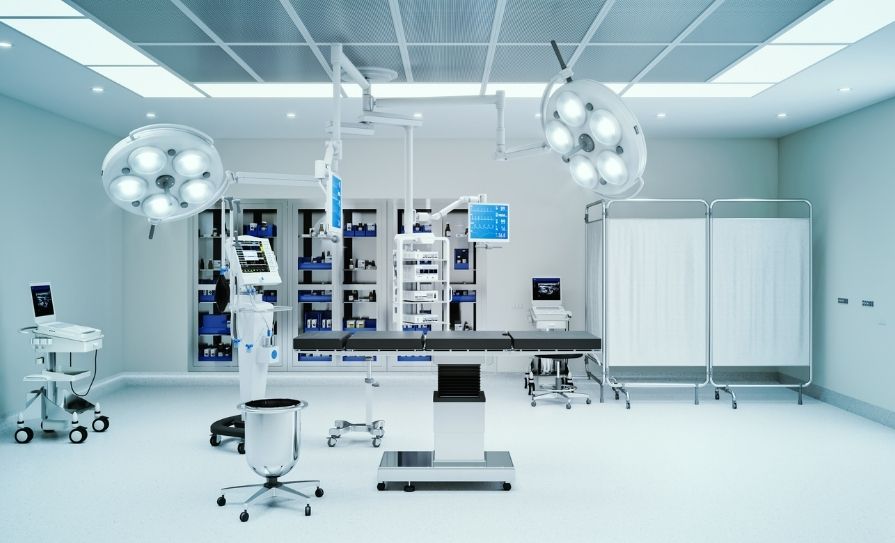


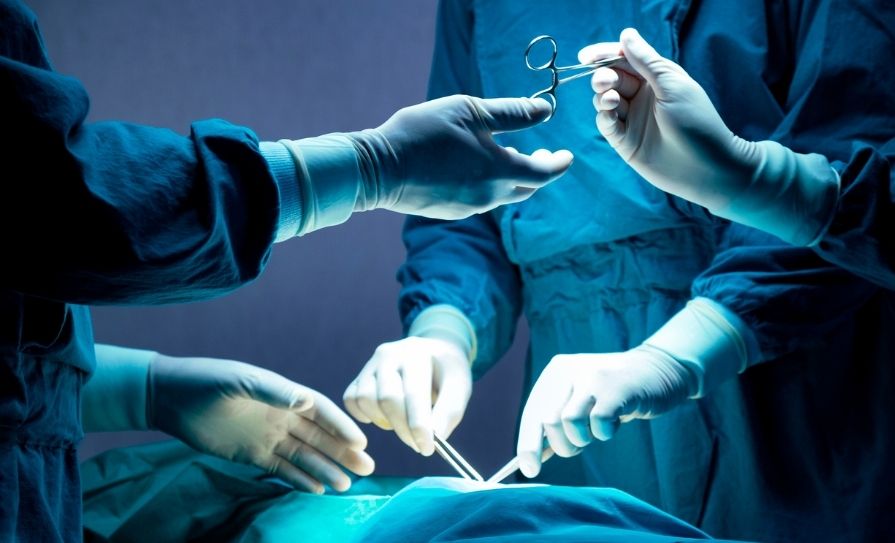








Leave a Reply
You must be logged in to post a comment.